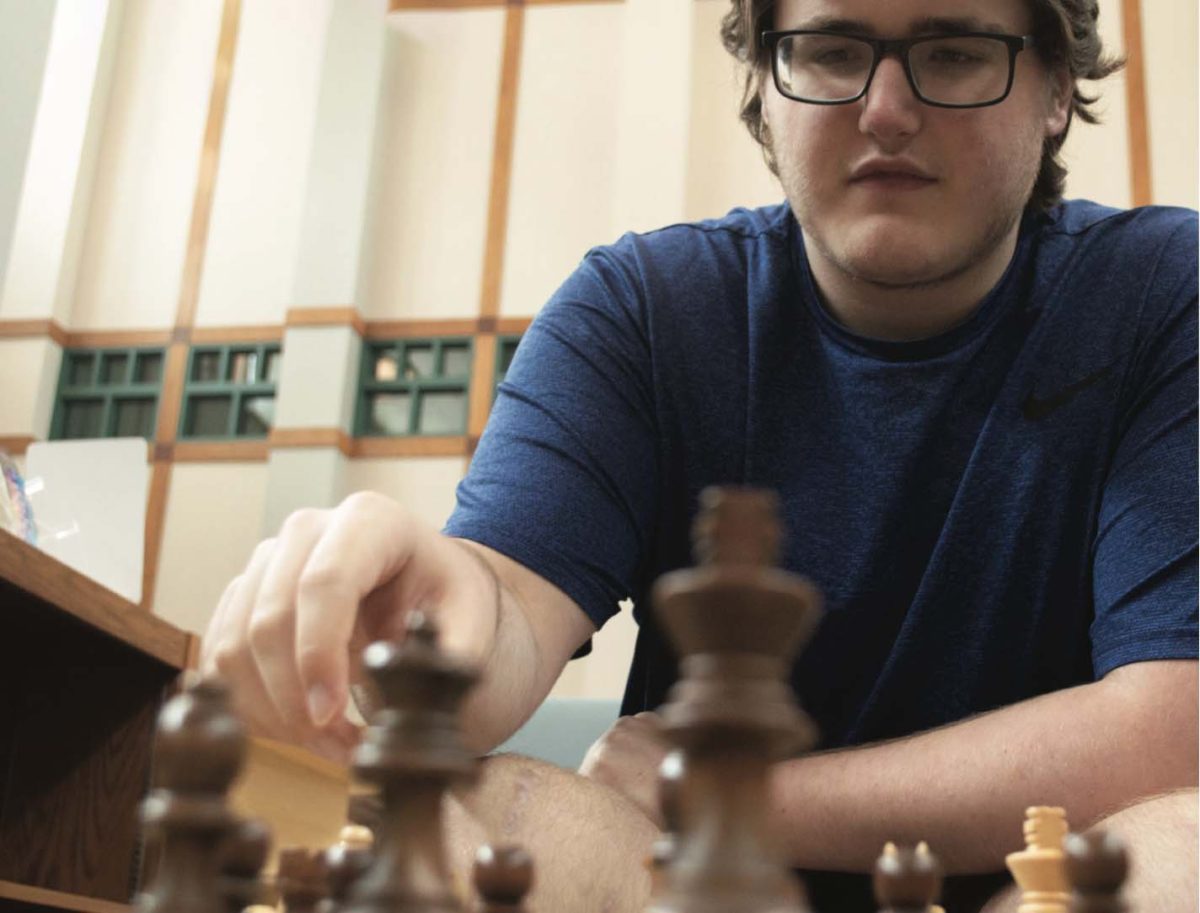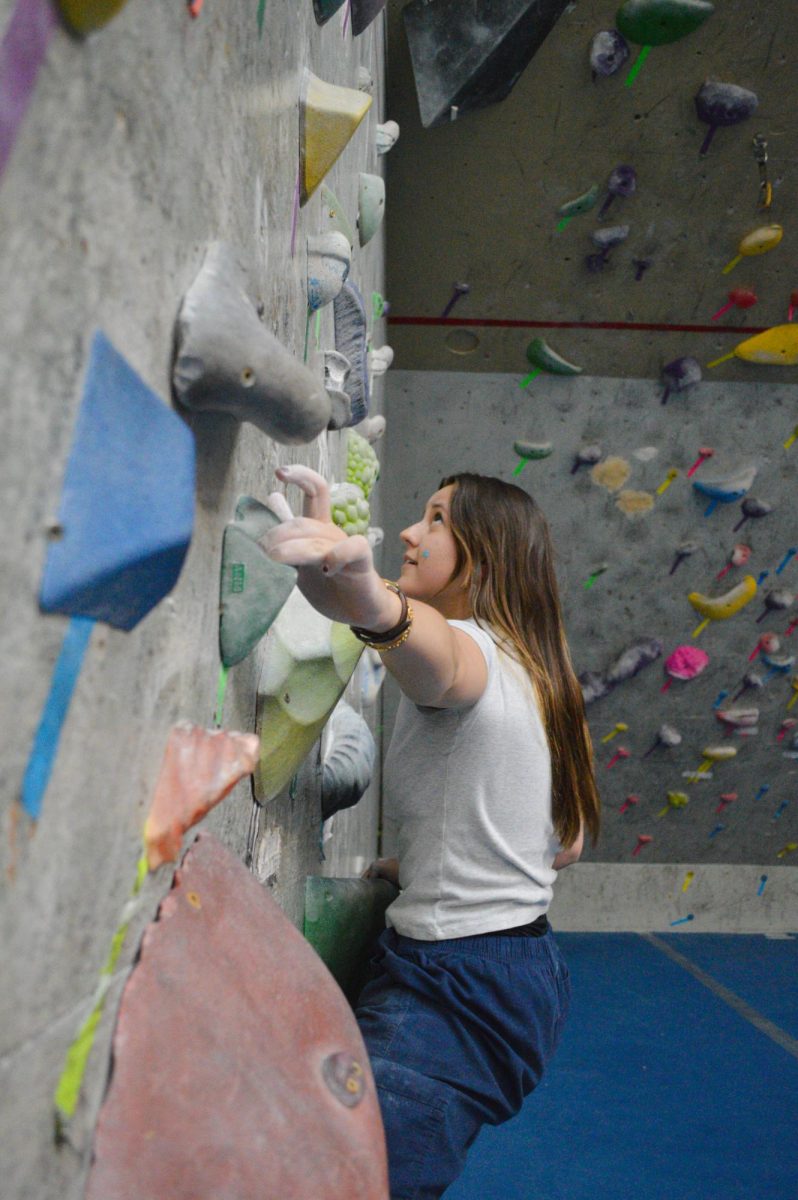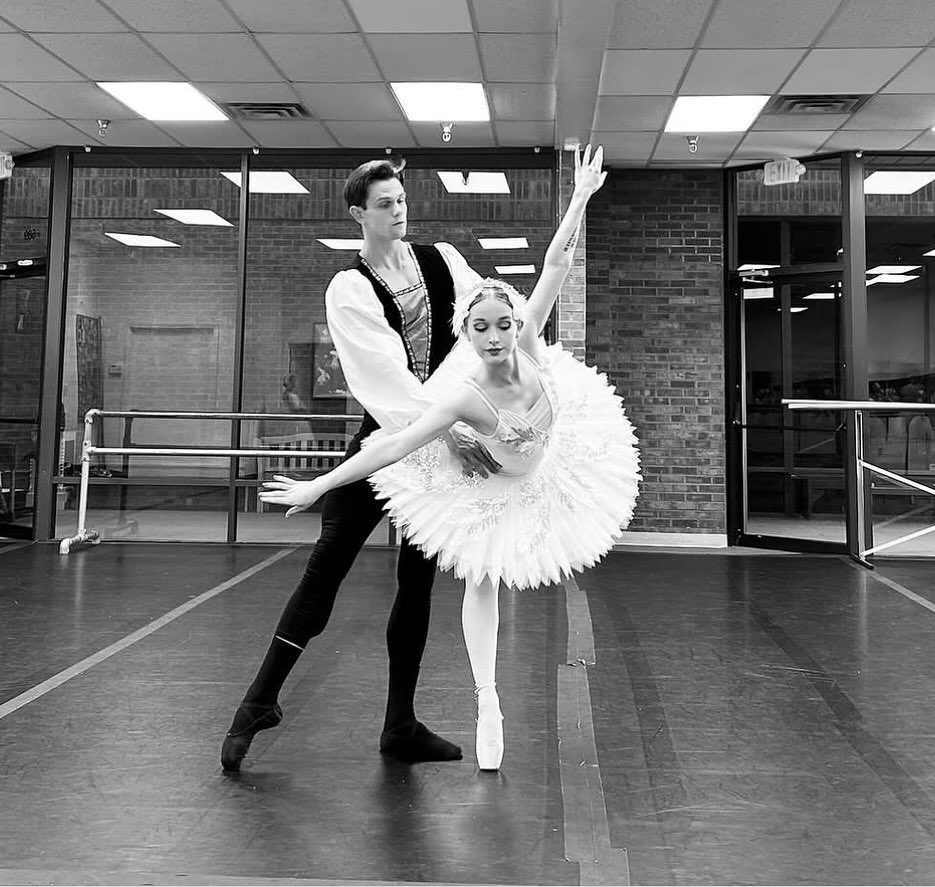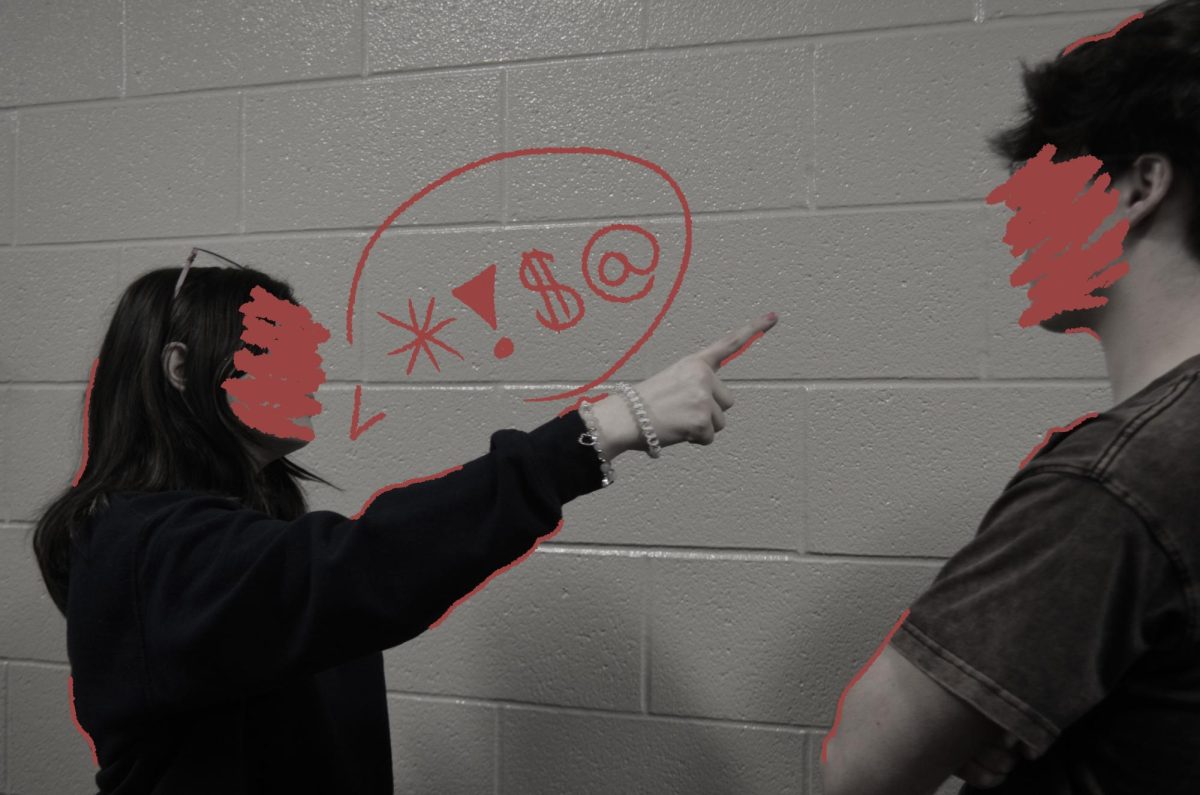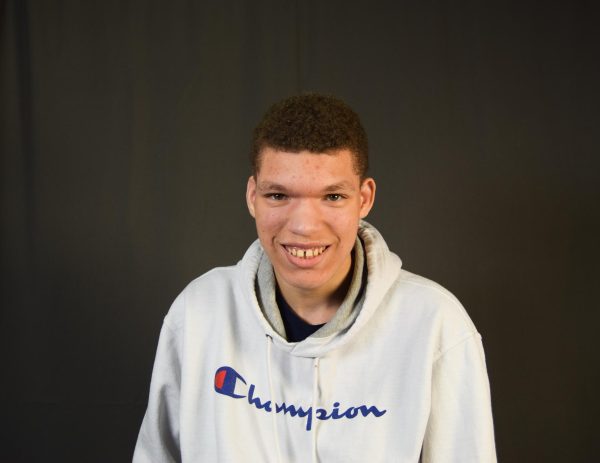After a great day of acing a math test and making plans with your friends, you get home and expect to relax while you revel in how perfect everything is going for you; but there’s a kink in your plans when you look at your phone. It lights up with a new Instagram notification, a comment on your most recent post lingering on your home screen. A profile you don’t recognize, with no username or profile picture, has commented, “I love your confidence.” You can feel the sarcasm in the comment seeping through your screen. You spent hours picking the pictures you felt the most confident in, just for it to be ruined by a stranger. Your eyes start to water as you quickly delete the post.
When most people think of bullying, they immediately envision traditional forms of physical and social bullying, like students getting slammed into lockers, being made fun of, or gossip and rumors being spread around. However, this is no longer the main way people opt to spread hate, fear, and intimidation. Nowadays, it is much more common to see people being cyberbullied. Cyberbullying can look like mean texts, hateful comments, rumors being spread through online forums, or even more drastic and hateful actions. According to Chief Data Scientist for Research.com Imed Bouchrika, 37% of teenagers in the U.S. experience some form of online harassment in their teenage years. This statistic reveals how common cyberbullying has become compared to previous decades. Cyberbullying is evolving because of social media, and people like math teacher Andy Reel have witnessed how bullying has transformed.
“When I was in school, cyberbullying was still new. Bullying was still as we normally see it, and teachers could see it and put a stop to it,” Reel said. “However, as technology got better and social media became more prominent, students could interact on forums outside of school, making them less supervised.”
Due to this lack of supervision online, assistant principal Janae Mobley claims bullying can be a complicated issue. She believes it is now harder for teachers or administration to keep this issue under control. Mobley has run into troubles with students not understanding what should and should not be considered bullying.
“Bullying, by definition, is repeated and unprovoked, and a lot of times, I think the unprovoked piece is missing. When you see two students mutually engaged in back and forth-like arguing, that’s not bullying,” Mobley said. “I think that the definition is really important, just because I think the term bullying gets used a lot, but not always in the right context.”
Mobley believes that out of all the different forms of bullying, cyberbullying is the easiest form for students, or others online, to engage in. However, she also believes that the new generation is less tolerant of bullies and will stand up for others online.
“People are more bold when they’re behind the screen. They’re a little bit more willing to say some things that, most of the time, people wouldn’t have the guts to say face to face,” Mobley said. “I think [social media] platforms have made it easier for people to potentially bully, but your guys’ generation is way better, overall, about being empathetic to mental health and having sympathy for what somebody might be going through.”
Cyberbullying can have the same effect, or a worse, effect on students’ mental health. According to Mobley, the lessening of the stigma against mental health over time is a big reason Gen Z takes bullying more seriously than previous generations.
“Mental health, when I was in school, [had] kind of like a stigma. It had this negative connotation, and I think people have been doing a lot of work to make sure that people know that it’s not a negative,” Mobley said. “It’s like anything else somebody would want to work on or improve. More people are taking it seriously and doing their due diligence to investigate bullying.”
When people are being mistreated, they will more than likely have an emotional response. The US Department of Health and Human Services says that bullying can lead to a variety of issues, such as physical injury, social problems, and emotional problems. Senior Brooke Butler has experienced these changes and responses firsthand.
“I have seen bullying affect students in many ways, [such as] change in behavior, personality and style,” Butler said. “In middle school, being bullied made me change my behavior and be more self-conscious.”
With the help of the internet, our generation’s bullies have found new and creative ways to inflict harm on others. It’s effects can extend to outside of school, and surround students with negativity.
“Cyberbullying has gotten worse as social media has grown,” Butler said. “It is easier to get away and confront people across all social media platforms.”
Bullying in schools has been a big problem throughout generations. According to the Center for Disease Control and Prevention, 14% of public schools report issues with bullying daily in the US. However, Reel believes that there are solutions that can help diminish its effects.
“As a teacher, you have to be diligent, pay attention to your students, and check in with them emotionally to make sure nothing’s going on, because it’s harder to catch these things,” Reel said.
NHS does have resources available that can help students who are dealing with bullying. Reel believes these are helpful and effective in combating bullying.
“We are also relying on students now to speak up, which is why you see things like the Speak Up app. It gives the adults in the school another set of eyes, because we may miss something, while a student will see it,” Reel said.
Reel believes that as long as we keep talking about bullying as a school community, we’re moving in a direction of more acceptance and less negativity.
“Our goal as a school is to mitigate bullying as much as possible, and while it is getting better, there’s still room for improvement,” Reel said. “I think we could do better, but we are still doing good at having conversations and getting people more comfortable around each other. The more we have conversations about normalizing diversity and understanding different opinions, the better [society] will be.”
Impact of Bullying
How could bullying impact you?
Bullying has been found to have direct connections to teenagers that experience self-harm or suicidal thoughts. According to anonymous writers and researchers from Researchgate and Sciencedaily, teenagers are more likely to resort to unhealthy and dangerous methods to deal with their emotions when they don’t have access to healthy coping skills. Self-harm is common among victims of bullying as a method of dealing with their psychological response to bullying. Common effects of cyberbullying are depression, insomnia, anxiety, suicidal ideation, anger, and self-hatred. These consequences can lead to academic struggles within the classroom according to everyday students at NHS.
- Students experiencing these symptoms are not alone. Accounts of cyberbullying and adolescent suicide are rising in the United States. Recent Centers for Disease Control and Prevention data shows that 14.9 percent of adolescents have been cyberbullied and 13.6 percent of adolescents have made a serious suicide attempt.
- Many teenagers being bullied by peers tend to avoid school or school-based activities in hopes of avoiding the problem. This leads to attendance issues, missing assignments, and other academic problems that oftentimes go unnoticed by teachers or parents.
- Cyberbullying makes it harder to avoid your bullies, especially if they take the form of anonymous Instagram comments. Students are less likely to open up to a trusted adult if they feel like they will be in “trouble” or feel embarrassed and ashamed, according to StopBullying.gov.
- It is important for parents to try to be more informed about what their kids are doing every day on their phones. Making sure to discuss any possible symptoms and working through problems together is important. The best thing you can do for your kids is try to understand them.
- LGBTQ+ teens in 2021 were three times more likely to consider suicide than their heterosexual peers.
- Female students continue to be at higher risk for suicidal thoughts and behaviors than their male counterparts.
- The total number of suicide deaths increased in 2021 especially among people of color.



